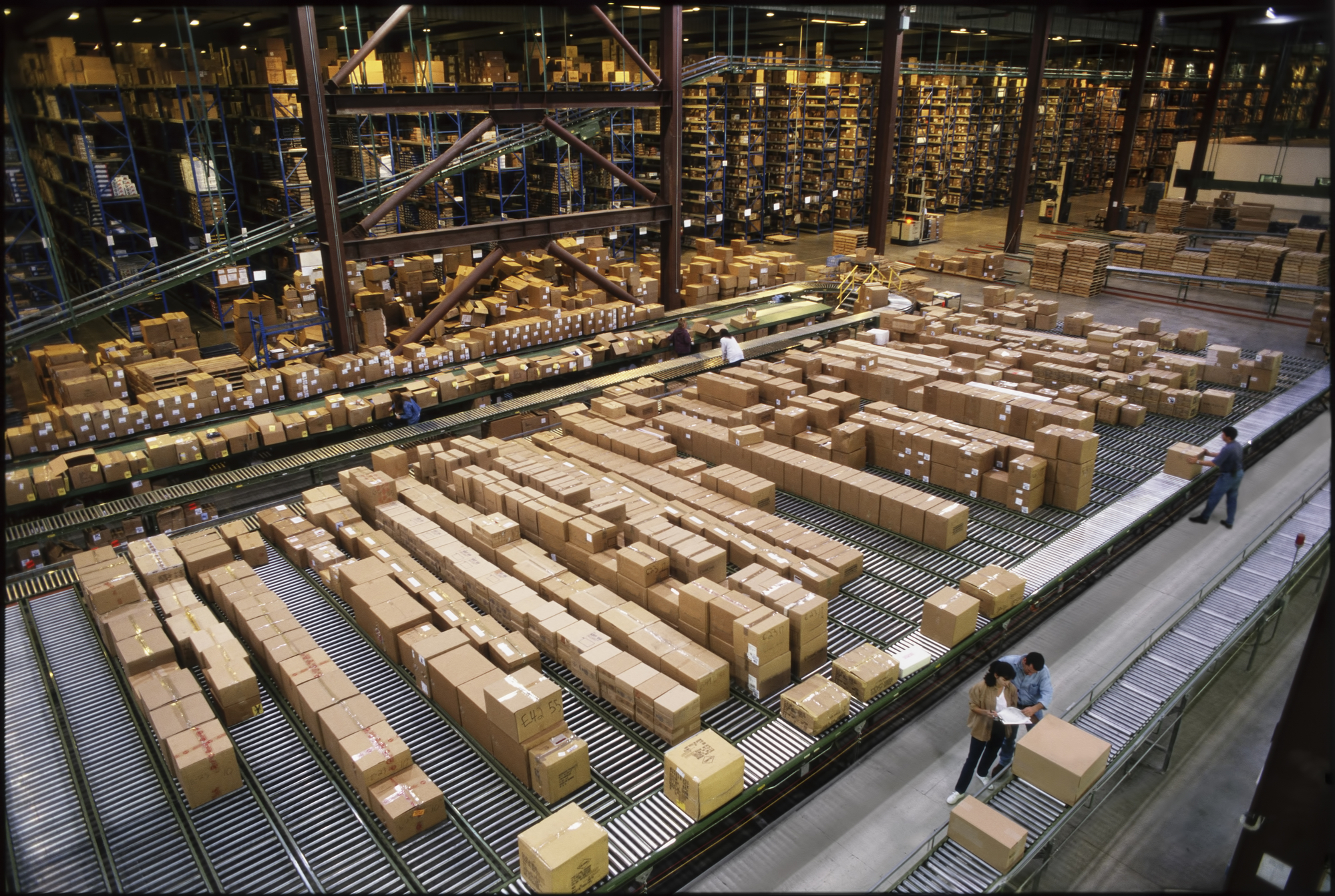From earthquakes to ransomware, global supply chains have faced no shortage of disruption over the past two decades. And if the past is any indication, the next major shock could be just around the corner.
That’s one of the key messages from WTW’s newly released 2025 Global Supply Chain Risk Report. Drawing on a survey of 1,000 senior supply chain and risk leaders across industries and geographies, the report reveals how businesses are rethinking risk management after years of upheaval. While the report is forward-looking, focusing on geopolitical instability, cyber threats, and rising costs, it also emphasizes the importance of understanding the past two decades of disruption as a blueprint for building resilience.
In this story, we’re looking at 13 of the most significant supply chain disruption events of the 21st century. These moments didn’t just delay shipments or spike costs. They reshaped logistics strategies, shifted sourcing patterns, and highlighted the interconnected fragility of global trade.
1. 2001: 9/11 Attacks
Heightened security protocols following the September 11 attacks caused widespread shipment delays and marked the beginning of a new era in global trade security.
2. 2004: Indian Ocean Tsunami
Devastated infrastructure across Southeast Asia, disrupting transportation, port access, and local manufacturing.
3. 2005: Hurricane Katrina
The storm caused heavy damage to the Port of South Louisiana, disrupting commodity flows and sparking interest in business interruption insurance.
4. 2008: Global Financial Crisis
A sharp drop in trade finance and consumer demand led to a steep decline in global trade volumes and exposed vulnerabilities in lean, just-in-time inventory models.
5. 2011: Tohoku Earthquake and Tsunami
Japan’s auto sector ground to a halt, and key tech components were delayed worldwide. The $211 billion disaster triggered ripple effects across global production networks.
6. 2015: Tianjin Port Explosion
A chemical blast at the world’s 10th largest port killed over 100 and caused over $6 billion in damage. Delays persisted for months.
7. 2017: NotPetya Cyberattack
Maersk and other global firms were paralyzed by the ransomware attack, highlighting cybersecurity as a core supply chain vulnerability.
8. 2018–2019: U.S.-China Trade War
Tariffs and retaliatory measures created sourcing headaches, forcing many businesses to rethink China-heavy strategies.
9. 2020: COVID-19 Pandemic Begins
Factory shutdowns in China and beyond froze production. Global shipping schedules unraveled almost overnight.
10. 2021: Ever Given Blocks the Suez Canal
One ship, six days, and over $9 billion in daily trade stuck. The incident showed how fragile key chokepoints really are.
11. 2021–2022: Global Semiconductor Shortage
A misjudged drop in chip orders led to a production crisis, especially in the auto sector. More than 9.5 million vehicles weren’t built in 2021.
12. 2022–2023: “Epic Miscalculation” in Demand
Companies underestimated post-COVID demand, triggering congestion, container shortages, and price spikes across logistics networks.
13. 2023–2025: Red Sea Attacks and Panama Canal Drought
Geopolitical conflict and climate impacts forced ships to reroute thousands of miles, increasing transit times and costs.
These disruptions weren’t just one-off shocks. As WTW’s report makes clear, they exposed fundamental flaws—from overreliance on single regions to blind spots in cyber defense.
The lesson for supply chain professionals is clear: the next crisis may look different, but preparation and adaptability will always be the strongest defense.





